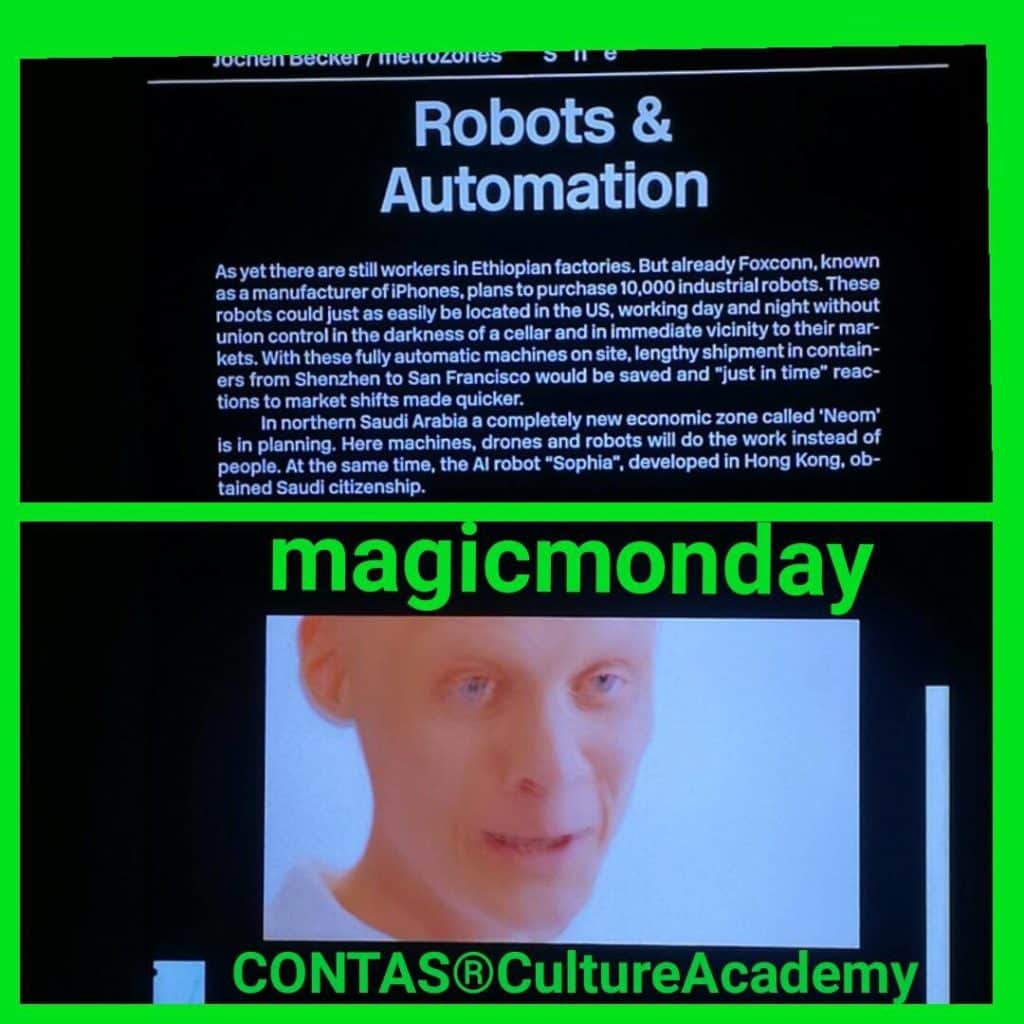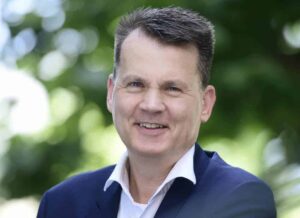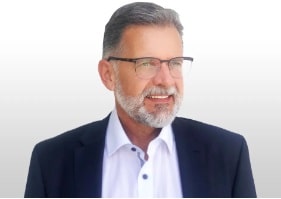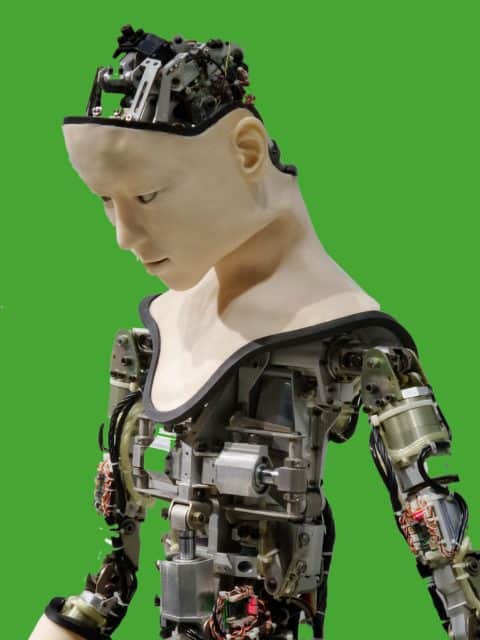How To Become More Adaptable To Change:
The ever-changing economy and business environments require management to adapt and grow. The big question is: How? Number one leadership skill is not talent, nor experience, it’s the adaptabilty to change that will determine how successful one will be. Beeing able to make decisions not from a „that’s the way we alwas did it“ perspective to „we should try new things“, is key. But first you will have to switch form a fixed to a growth mindset.
Let the robots march in – we are fine with a growth mindset
Peter S. Goodman wrote an article in the The New York Times about the way Sweden is managing the rise of automation and how they adapt to change without leaving no one behind.
„The jobs disappear, and then we train people for new jobs. We won’t protect jobs. But we will protect workers.” – Ylva Johansson Swedish minister for employment and integration
While people around the world are getting anxious about the uprise of automation, Sweden is setting an exceptional exapmle. Their vision is, to enable their people to drive innovation and set their mindset to growth. Five goals have been set to fill that vision with life and is also an ideal roadmap for companies to tackle the challenges of digital transformation :
- Digital skills
- Digital security
- Digital innovation
- Digital infrastrukture
- Digital leadership
But what about the German mindset?
Are the CEOs, Heads of and Directors at German companies ready to switch their gear to growth? In the face of complexity and change, shifting your fixed to growth mindset is the only way, to not only cope, but to also make the journey of change more human and smart.
- ASK DIFFERENT QUESTIONS:The questions you usually ask, will also only get you the sort of answers you usually get. But these kind of questions aren’t any help in finding new ideas. Be brave and push yourself to ask more unsual questions like: “What is most surprising.…..
- ACCEPT MULTIPLE PERSPECTIVES: Here’s the key–not trying to convince anyone that we’re right. NooneKeep asking yourself, “In what ways .
- CONSIDER THE BIGGER PICTURE: It’s like watching a game of ice hockey: If you follow the puck with your eyes, you’ll be lost. If you zoom out and look at the bigger picture the patterns of the players on the ice, you’ll see the game.
- EXPERIMENT AND LEARN: When it’s time to act, complexity calls for a series of safe-to-fail experiments. If you decide there’s something not quite right about your culture, avoid the typical solution of measuring the culture +culture change program. Instead, look for unexpected places and try new things
Change. Simply Different








